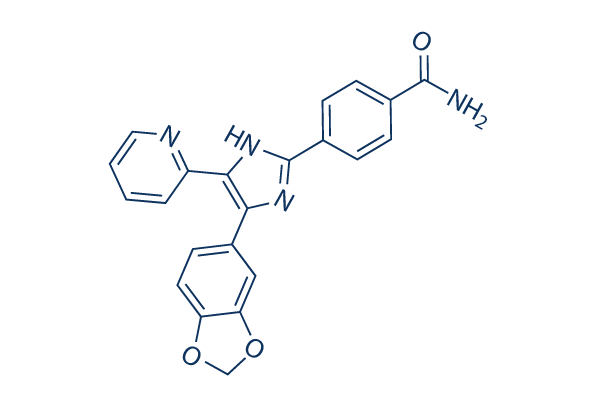S. Mbandaka M1 and M2 were isolated from cattle in 2008 and 2009 respectively. No exploration has previously been performed on these strains. Standard genome characteristics of S. Derby D1 and D2 and S. Mbandaka M1 and M2 S. Derby strains D1 and D2 possessed chromosomes of four. 86 Mb nucleotides in length having a GC skew of 51. 16% and 51. 46% respectively. The RAST annotation process predicted that the chromosome sequence of S. Derby D1 encodes 4720 genes and also the sequence of D2 4717 genes. The chromosome of S. Mbandaka strains M1 and M2 had been the two 4. 72 MB nucleotides in length using a GC skew of 51. 91% and 52. 01% respectively. These were pre dicted to encode 4616 and 4619 genes respectively. Interestingly all 4 chromosomes have distinctive numbers of RNA coding sequences, D1 contains 69, D2 includes 73, M1 contains 74 and M2 includes 75.
RNA sequences are frequently sights for inte gration of horizontally acquired DNA sequences, in some cases resulting in duplication in the RNA. The differ ence within the variety of RNAs in each and every genome could reflect selleck a difference in evolutionary prospective of every chromosome. S. Mbandaka contains a significant sequence inversion S. Mbandaka consists of a 860Kb sequence inversion in between a mobile component protein and tRNA ser GGA which was also uncovered in S. Choleraesuis SC B67, and was absent from S. Derby and various sequenced S. enterica serovars in cluding S. Agona SL483, S. Dublin CT02021853, S. Enteritidis P125109, S. Gallinarum 28791 and S. Typhimurium LT2 and SL1344. This region codes for 909 genes identified by the RAST gene caller.
Substantial se quence inversions have a considerable affect around the tran script composition of the cell all through replication, as individuals genes closer on the origin of replication are existing in duplicate selleck inhibitor for any longer time period of time than these genes closer towards the terminus of replication. The effects of increased gene dosage throughout replication are most no ticeable when bacteria are expanding at an optimum charge. In Escherichia coli DNA replication from your origin of replication to terminus of replication requires 22 minutes during a 40 minute cell cycle when grown in LB broth at 37 C. If we apply this duration towards the inversion uncovered in S. Mbandaka M1 and M2, in which practically a quar ter of your chromosome is within a diverse orientation to S. Derby D1 and D2, then there may be an 8. six minute variation amongst gene duplication events with the genes adjacent towards the websites of inversion.
These genes are thus in duplicate as well as the other genes in singlet for 21% with the cell cycle. In S. Derby the ten genes closest for the mobile genetic element signifying the start off with the inverted sequences tend not to pertain to a popular mechanism. However interestingly, amongst these ten genes is often a per mease from the drug/metabolite transporter super  family which in S. Mbandaka occupies the very furthest gene within the inversion.
family which in S. Mbandaka occupies the very furthest gene within the inversion.
PDGF Signal
PDGF signal transduction inhibition ameliorates experimental
